Is there a reason? Sure. Suppose you're making a relay-based computer, with no semiconductors, and wanted memory, say PROM. Each bit is a dip switch, or a little jumper wire. But how do you connect those to data lines? You need a voltage controlled switch, like say a relay... or a gas discharge tube, and neons definitely fit the bill, although normally you'd be driving them pretty hard that way (10-20mA) even if for short pulses. So, neons don't quite fit the bill, you need gas discharge tubes if you care about longevity, but I'll share a secret: you can use a conducting GDT to trigger a neon bulb, just for the visuals. The current needed to trigger a subsequent relay will be carried by the GDT, while the neon bulb looks pretty.
With diodes or neons or GDTs, you can drive the memory in a cube matrix form, with just one relay per each line/plane per dimension, e.g. a 16x8 matrix can select a byte from a kilobit (128 byte) array. The address decoder tree for such an array takes ~48 relays. Without GDTs, you'd also need a thousand coupler relays in addition to the address decoder tree, and other circuitry such as bus driver relays remains the same.
The high-ish voltage needed to strike GDTs that are cheaply available (~90V) is not as nice to deal with as the low (5-48V) voltages needed to trigger bus coupling relays, but a GDT takes way less board area and is cheap vs. a relay - if you find a good deal on auction sites.
It's hard to buy large (>1000) lots of fast relays for $0.10 each (I need them fast - 1ms or faster when new) - you find one deal or two and then it's crickets for 6-18 months. Low voltage GDTs for $0.10 each show up in reasonably sized lots about every 2 months, although the recent downturn has somehow doubled the supply. You'll get the couple thousands pieces you need much sooner than you otherwise would. That's still about 2/5ths compared to distributor pricing in >1ku quantities, so if it's a hobby product that you're putting together yourself, you have plenty of time to trade for dollars, since assembling the PC boards with hundreds of parts per board seems to take forever. But even primary market distributor prices for GDT's aren't crazy - you can get one for under $0.50 in 1k quantities.
They may weigh about as much as the smallest of mass-manufactured SMT low voltage relays because of the ceramic envelope, but you can pack them 5x as densely, and they are easier to solder, too.
Disclaimer: There are many ways to design things that work well, and the above isn't by any means a golden goose, nor even a wooden goose, and it only works well enough anyway.


